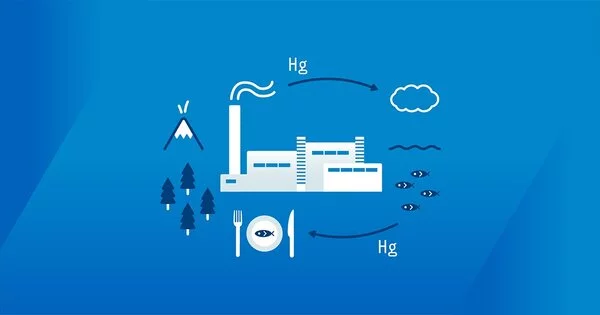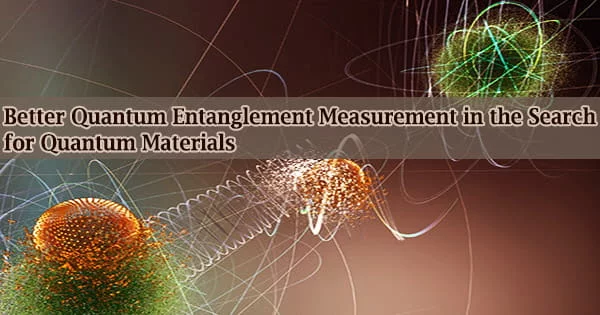Mercury emission is the release of mercury into the environment, which is usually caused by human activity. Although mercury is a naturally occurring element, various human activities such as industrial processes, coal combustion, and mining can cause significant amounts of mercury to be released into the air, water, and soil.
Mercury is a highly toxic substance with serious environmental and health consequences. It has the potential to be converted into methylmercury, a particularly hazardous form that bioaccumulates in the food chain. When methylmercury enters aquatic systems, it can build up in fish and other organisms, posing a risk to both wildlife and humans who eat contaminated fish.
To address the issue of mercury emission, many countries have implemented regulations and initiatives to reduce its release into the environment. These measures include:
- Emission Standards: Governments may impose limits on the amount of mercury that industrial facilities, power plants, and other sources of pollution can emit into the atmosphere or water. Monitoring and reporting requirements are frequently used to enforce compliance with these standards.
- Technological Improvements: To reduce mercury emissions, industries can adopt cleaner technologies and practises. Coal-fired power plants, for example, can install mercury control technologies such as scrubbers to capture and remove mercury before it enters the atmosphere.
- International Agreements: Countries have come together to address global mercury pollution through international agreements like the Minamata Convention on Mercury, which aims to reduce and eliminate the use and release of mercury worldwide. The convention sets targets and provides guidance on issues such as mercury storage, trade, and emissions reduction.
- Alternative Practices: Encouraging the use of alternative materials and processes that do not involve mercury can help reduce emissions. For example, some industries have switched to mercury-free catalysts and technologies.
- Public Awareness and Education: Raising awareness about the dangers of mercury and encouraging responsible behaviour can help reduce emissions. It is critical to educate the public, particularly fishing communities, about the dangers of consuming mercury-contaminated fish.
Efforts to reduce mercury emissions have been successful in many regions, resulting in lower levels of mercury in the environment. However, continued monitoring and action are required to ensure that mercury pollution is effectively addressed and minimised.
















